In 2006, as the city was performing an inspection of the Brooklyn Bridge to uncover structural abnormalities, they made an unusual find. In a dark and dank arched structure on the shoreline of the East River, underneath the bridge and near the Manhattan anchorage they found “medical supplies, paper blankets, drugs,” a stockpile of cold-war-era 17.5-gallon water drums that could be reused “as a commode,” 352,000 Civil Defense All-Purpose Survival Crackers (calorie-packed crackers that were probably still edible), along with doses of Dextran, a drug used to treat or prevent shock. This was reported by the NY Times. The items were stored during the cold war, evident from the supply boxes stamped with dates from 1957 and 1962, dates that correspond to the Soviet launching of the satellite Sputnik and the Cuban Missile Crisis, respectively. The room was still intact and had been for years without the city’s knowledge.
photo CBS News


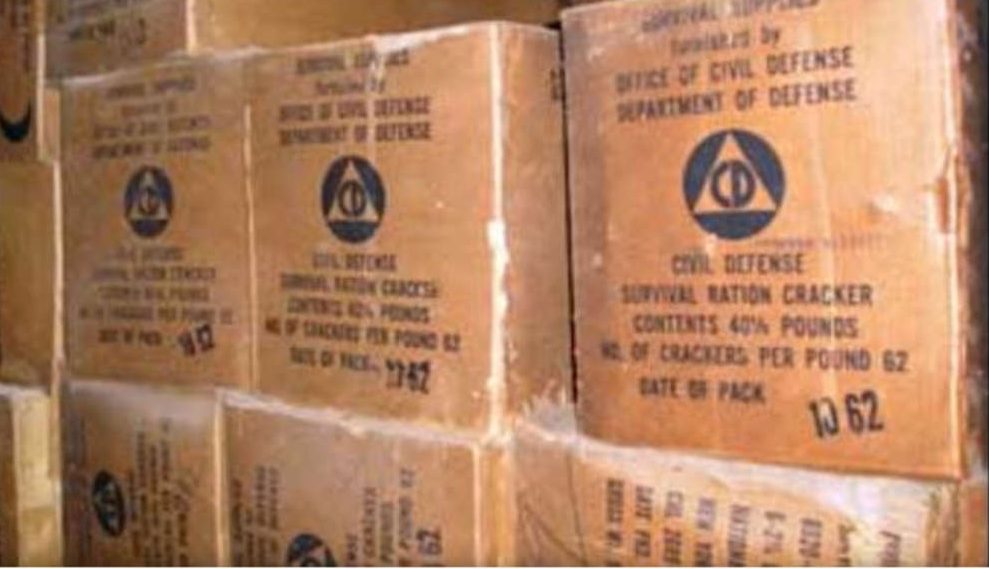
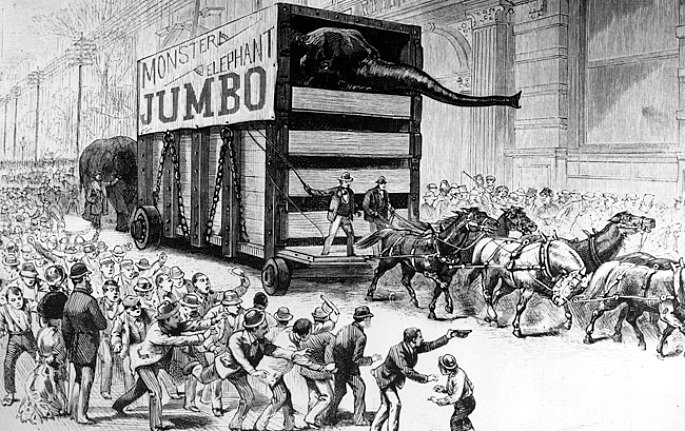
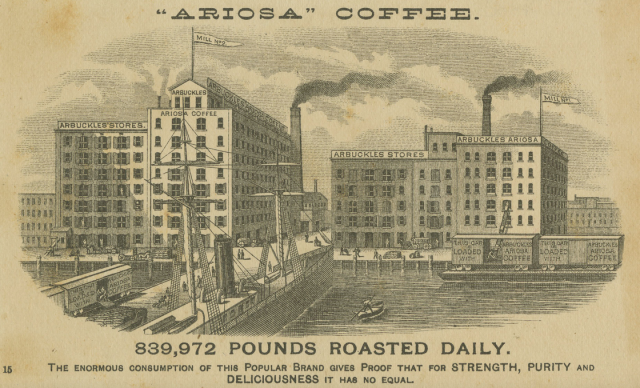
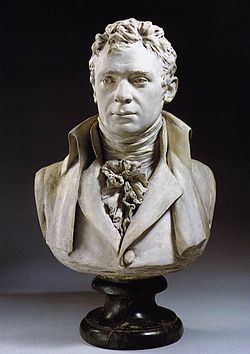
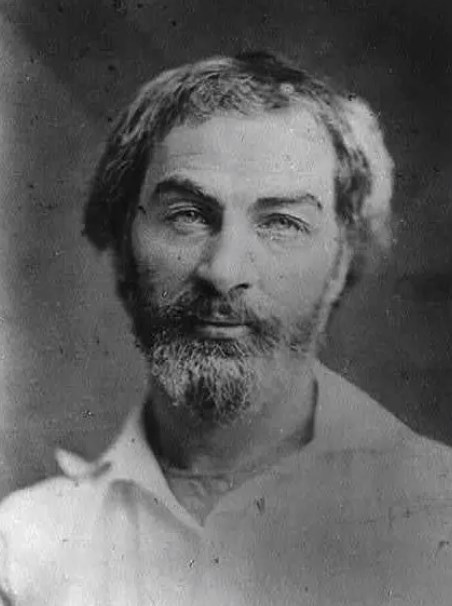
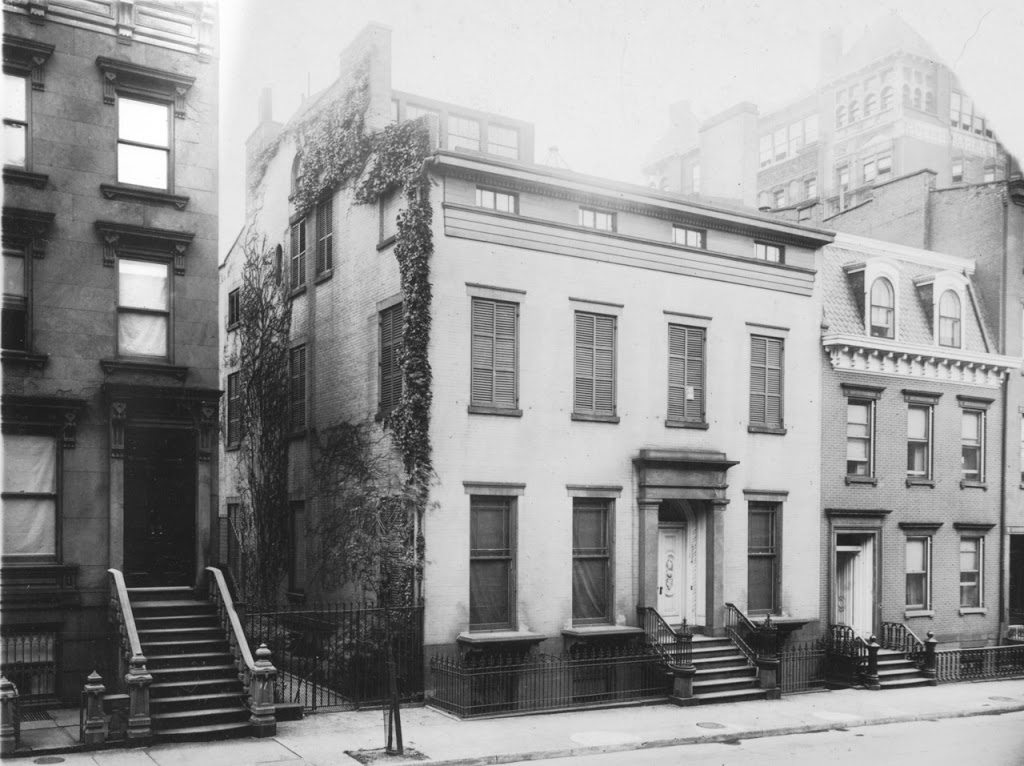
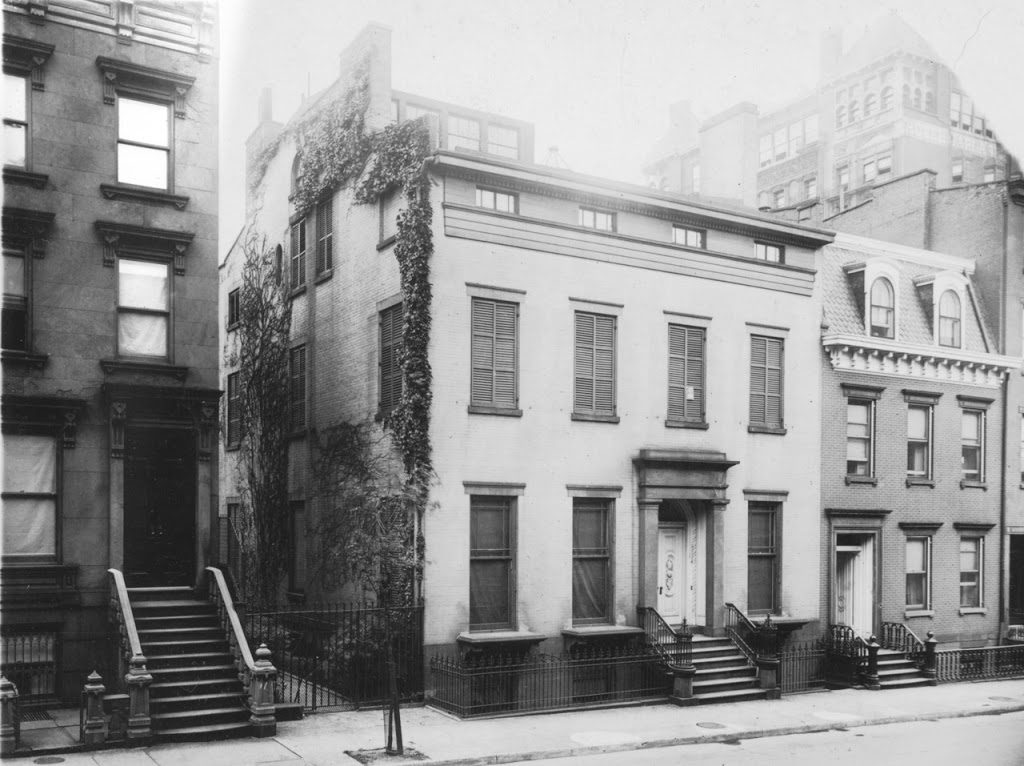 On the Brooklyn Revolution walking tour, highlighting some of the best that Brooklyn has to offer, one of the most popular sites is the former home of Truman Capote, where he worked on two of his greatest works: “Breakfast at Tiffany’s” and “In Cold Blood.” The house is on 70 Willow Street. From 1955-1965, Capote rented space on the basement level from Oliver Smith, the famed Tony Award-winning Broadway scenic designer. George Plimpton, who was a visitor, wrote that “when friends came to call, [Capote] often took them on a tour of the entire house (when Smith was not at home) and said it was his house, all his, and that he had restored and decorated every room.” In February 1959, Capote penned “Brooklyn: A Personal Memoir” for “Holiday” travel magazine in which he begins:
On the Brooklyn Revolution walking tour, highlighting some of the best that Brooklyn has to offer, one of the most popular sites is the former home of Truman Capote, where he worked on two of his greatest works: “Breakfast at Tiffany’s” and “In Cold Blood.” The house is on 70 Willow Street. From 1955-1965, Capote rented space on the basement level from Oliver Smith, the famed Tony Award-winning Broadway scenic designer. George Plimpton, who was a visitor, wrote that “when friends came to call, [Capote] often took them on a tour of the entire house (when Smith was not at home) and said it was his house, all his, and that he had restored and decorated every room.” In February 1959, Capote penned “Brooklyn: A Personal Memoir” for “Holiday” travel magazine in which he begins:






